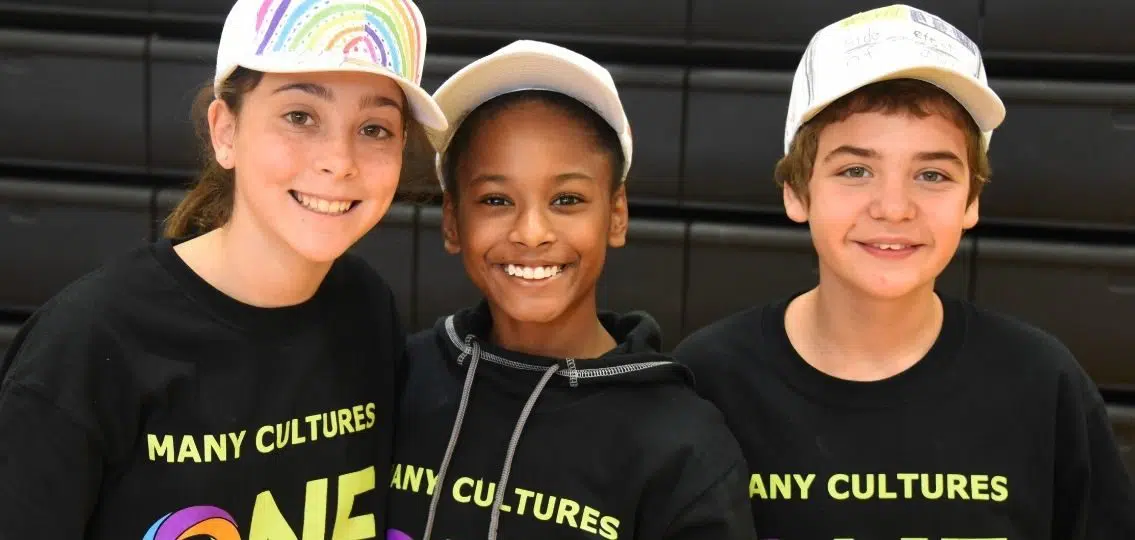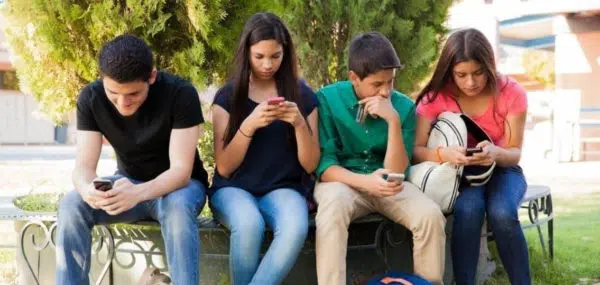Growing up in a Jewish family that didn’t celebrate Christmas, I was aware of what it felt like to be an “outsider” during the holiday season. That’s why I’m grateful that my high schooler and soon-to-be middle schooler are growing up in a time where so many of us are striving to be more inclusive.
For starters, Christmas and Chanukah aren’t the only holidays celebrated during the winter season. What’s more, some families don’t celebrate their culture’s most important holidays at all during the winter season.
If you think about it, the holiday season is a wonderful opportunity to teach our teens about the many different traditions that are present in their schools, communities, and among their peers.
For some insights on how parents, schools, and communities can do a better job of celebrating the holidays in a more inclusive and unbiased way, I caught up with Kevin T. Houchins Sr., director of equity and community engagement at Beachwood City Schools in Ohio. Here are his tips:
Encouraging Inclusivity in Schools and Beyond
1. Recognize That “The Holiday Season” Doesn’t Pertain to Everyone.
Many schools are already recognizing that “the holidays” doesn’t just mean Christmas, says Houchins. This can include making sure to celebrate different cultures’ holidays throughout the school year, not just during the winter months.
Radha Pareek, a Beachwood ninth grader who celebrates Diwali with her family, says that certain events at her school—like food festivals where everyone brings foods from their cultures, and multicultural dance festivals—have made her and her peers feel more at home.
Houchins notes that at Beachwood, they’ve made other impactful changes, such as changing the name of “Christmas break” to “winter break.” This kind of gesture sends the message that schools are aware of the many cultures their students come from.
| [adrotate banner=”234″] |
2. Make Schools a Place Where Students Feel Comfortable Sharing Their Culture.
As Pareek notes, teens are always surrounded by kids of different cultures and religions. But this is not something that is often discussed out in the open. “Oftentimes in the classroom, we’re sitting next to people from all across the world who have such diverse and great things to bring to the table,” she says.
Houchins shared a fantastic way for educators to create a more inclusive atmosphere where students are encouraged to share. “At the beginning of the year, have students write down a list of important dates in their culture,” Houchins says. “Then the teacher can follow through over the year, to make sure each student’s unique day is being recognized and celebrated.”
This sets a tone of religious inclusivity and multicultural awareness from the start. That can help kids of all backgrounds and cultures feel accepted and understood.
3. Teach Your Child to Take Pride in Their Culture.
Parents play important roles when it comes to creating a world where all cultural traditions can be embraced. “I think the biggest thing for parents is to encourage their child to have a sense of pride in their culture and who they are,” says Houchins.
But it’s more than that, he adds. Parents need to know that they can share information about their family’s cultural traditions with their kids’ schools and not feel that they are imposing if they want to point out ways for schools to be more respectful of other cultures. “It’s really not an imposition at all, if you’re really trying to create an inclusive environment,” he assures.
4. Explain That We Each Have Our Own Cultural Bias.
Talking to our kids about their own cultural biases can be uncomfortable, but it’s a necessary part of creating a more equitable environment. Understanding that cultural bias starts with an examination of yourself, says Houchins.
“Each individual’s bias helps shape the way we see things. It impacts how we categorize things into what is right or wrong, or what is preferred or not preferred,” he says. “We have to be aware of that as we enter into any interaction with others.”
This can be as basic as teaching teens to recognize that the way they celebrate the holidays is specific to how they were brought up—and being aware of this as they interact with their peers. The idea is not to impose your own beliefs on others, and to approach each person you meet with an open mind and open heart.
I find it inspiring to see the world evolve to become more respectful of the many rich cultures that surround us. And when I look at my kids and their peers, I see so many of them rising to the occasion—tirelessly striving to make the world a kinder, more culturally inclusive place.
Now that’s something to celebrate!




